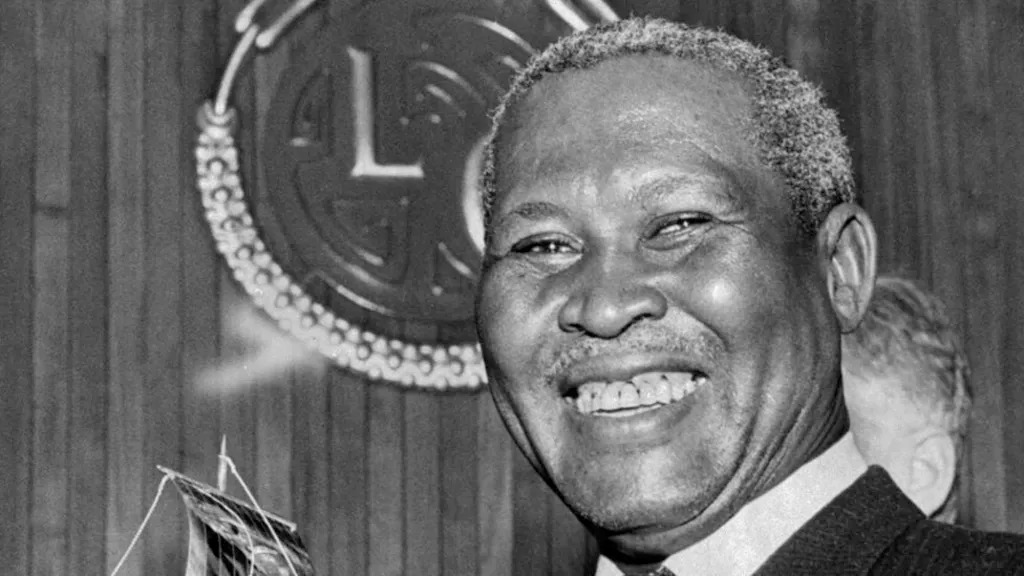Namibians spent N$223 million on alcohol imports in February the latest data released by the Namibia Statistics Agency (NSA) shows.
Of this amount, N$67.2 million was spent on wine.
The wine was imported mainly from South Africa and France.
“On the other hand, the country exported wines at a value of N$5.5 million with 99.8% being re-exports during the period under study,” says NSA statistician general Alex Shimuafeni.
This brings the total trade deficit of the country to N$2 billion.
According to Shimuafeni, petroleum oils emerged as the largest contributor to the country’s trade deficit, having recorded a deficit of N$1.1 billion. In total, the country earned N$10.1 billion from exports, while importing goods worth N$12.2 billion.
During the period under review, the country exported goods to 99 countries compared to 107 export destinations recorded in January 2025, whereas the country imported goods from 147 countries.
“The breakdown of Namibia’s trade by partner shows that South Africa was the country’s top trading partner for both export and import,” says Shimuafeni.
Uranium was Namibia’s largest exported commodity in February 2025, destined for the Chinese and French markets.
Non-monetary gold was second, accounting for 17.6% of total exports, destined solely for South Africa.
“Fish occupied the third position, accounting for 12% of total exports, with the commodity mainly destined for the Spanish, Zambian, and the Democratic Republic of Congo markets. Petroleum oils ranked fourth on the list, accounting for 4.6% with the commodity mainly destined for Botswana and Zambia,” reads the report.
In terms of destination the Southern African Customs Union (Sacu) emerged as the biggest export destination with a share of 30.7% of total exports.
Sacu was also the country’s largest market for imports, accounting for 40.1% of total imports.
“The imports were primarily made up of motor vehicles [for commercial purposes], sugars, molasses, honey and maize,” reads the report.
Sea transport maintained the top position as the most common mode of transport for exports.
“Sea transport handled exports to the tune of N$5.3 billion. This export value represents 52.6% of the total export bill,” says the report.
The basket of exports via sea consisted mainly of uranium and fish. Road transportation was the most used mode of transport for imports.
“Imports by road were valued at N$7.5 billion, representing a 61.6% share of all goods imported into the country,” reads the report.
This was mainly for inorganic chemical elements, nickel ores and concentrates, and ores and concentrates of base metals.
The Walvis Bay harbour facilitated exports valued at N$5.1 billion followed by Eros Airport and the Katima Mulilo border post with N$1.8 billion and N$1.4 billion, in that order.
On the import side, Walvis Bay harbour maintained its position as the main entry point for imports, valued at N$3.9 billion, ahead of the Ariamsvlei and Trans Kalahari border posts, which recorded N$2.8 billion and N$1.7 billion.
Stay informed with The Namibian – your source for credible journalism. Get in-depth reporting and opinions for
only N$85 a month. Invest in journalism, invest in democracy –
Subscribe Now!










